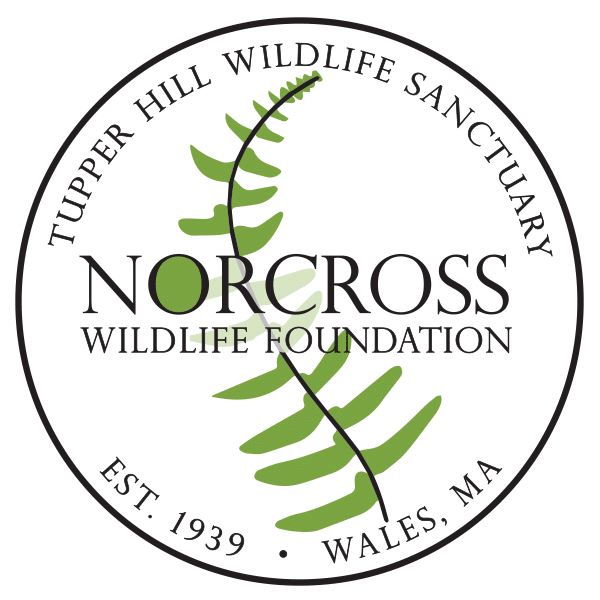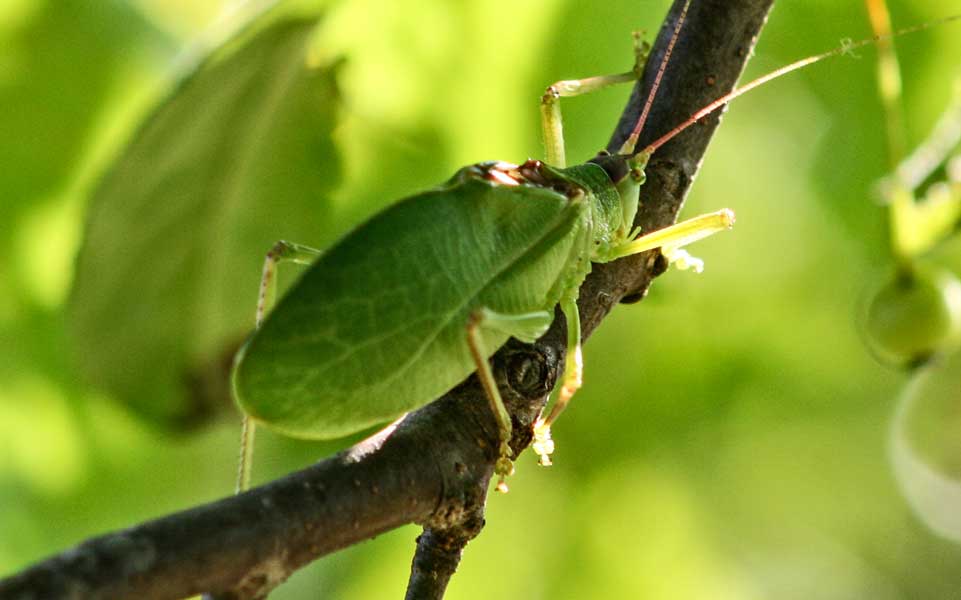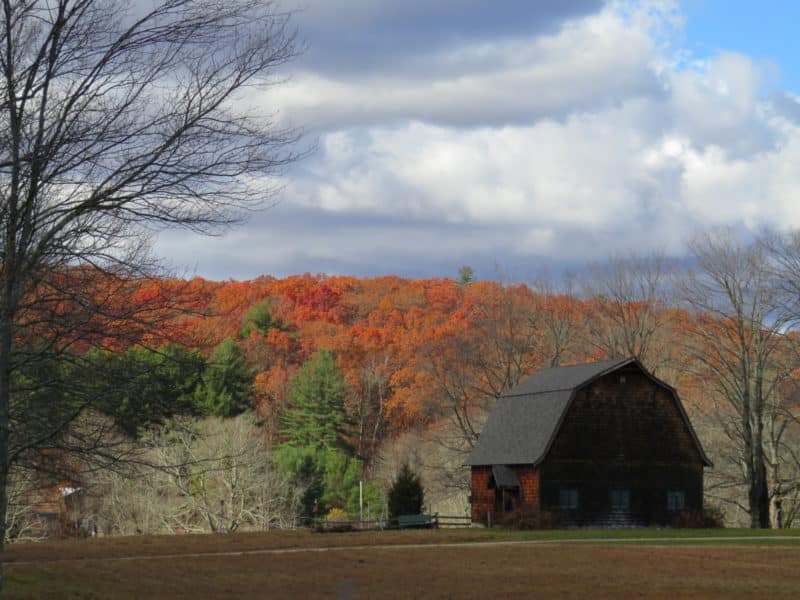Summertime is a great time to learn about life in the pond. Most people who like to take a dip prefer bodies of water that are clear and weed-free. They don’t like it when the pond weeds touch their feet or when they stand in muck, preferring the comfort of barren sand. The truth is, here in New England, most of our ponds are aging naturally, slowly filling in over time with life and sediment. This is a natural succession called eutrophication and, unfortunately, we’re doing a great job speeding this process up with preventable erosion and careless use of fertilizers (to name a few).
Life in the pond is fascinating as plants and animals have adapted to live in water. On occasion I take groups out to do a little dipping here at Norcross- not for a swim, with a net. No two pond ecology programs are exactly alike as I am at the mercy of what ends up in my bucket as I prepare for the class. I always enlist the help of some pond ambassadors in case my group is squeamish about the muck. The flip side of that coin…frogs.
Frogs are just too cool for their own good. Once they show up for class it’s hard to ignore them. They’re green (mostly), they’re cute, they like to be caught by kids, and they hop. This causes a chain reaction which causes the children to start hopping, stirring up the sediment making life in the pond hard to see. Then their parents start hopping after their kids and then I start hopping, encouraging everyone to exit the pond and join me at the picnic tables where the pond ambassadors calmly wait to be introduced.
Pond ambassadors vary in size and shape, though none are the size or shape of a frog. We’ve had giant water bugs with eggs on their back (these are males, the female lays the eggs on him), three-inch long leeches and giant toe-biting beetles. We’ve had nymphs, clams, fish, copepods and isopods. Each ambassador is adapted for living in the pond and each has a story to tell, teaching us about life in the pond.
[column size=”1/4″] [lightbox link=”http://norcrosswildlife.org/wp-content/uploads/2015/09/Pond-Ecology-Artwork-1.jpg” thumb=”http://norcrosswildlife.org/wp-content/uploads/2015/09/Pond-Ecology-Artwork-1-240×150.jpg” width=”240″ align=”center” title=”Pond Ecology Artwork 1″ frame=”true” icon=”image” caption=”Pond Ecology Artwork 1″] [/column] [column size=”1/4″] [lightbox link=”http://norcrosswildlife.org/wp-content/uploads/2015/09/Pond-Ecology-Artwork-2.jpg” thumb=”http://norcrosswildlife.org/wp-content/uploads/2015/09/Pond-Ecology-Artwork-2-240×150.jpg” width=”240″ align=”center” title=”Pond Ecology Artwork 2″ frame=”true” icon=”image” caption=”Pond Ecology Artwork 2″] [/column] [column size=”1/4″] [lightbox link=”http://norcrosswildlife.org/wp-content/uploads/2015/09/Pond-Ecology-Artwork-3.jpg” thumb=”http://norcrosswildlife.org/wp-content/uploads/2015/09/Pond-Ecology-Artwork-3-240×150.jpg” width=”240″ align=”center” title=”Pond Ecology Artwork 3″ frame=”true” icon=”image” caption=”Pond Ecology Artwork 3″] [/column] [column size=”1/4″ last] [lightbox link=”http://norcrosswildlife.org/wp-content/uploads/2015/09/Pond-Ecology-Artwork-4.jpg” thumb=”http://norcrosswildlife.org/wp-content/uploads/2015/09/Pond-Ecology-Artwork-4-240×150.jpg” width=”240″ align=”center” title=”Pond Ecology Artwork 4″ frame=”true” icon=”image” caption=”Pond Ecology Artwork 4″] [/column]


